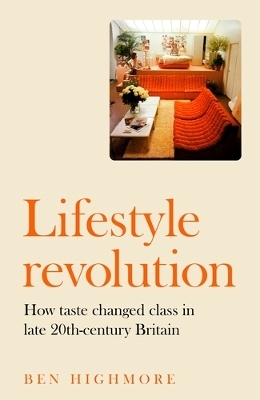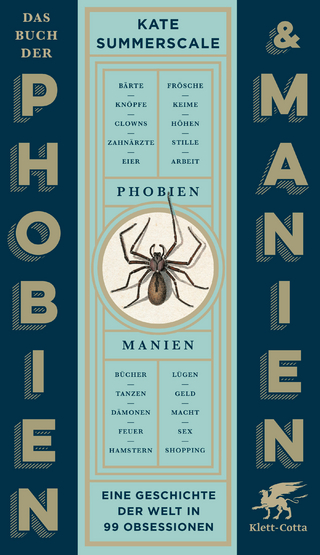
Lifestyle Revolution
How Taste Changed Class in Late 20th-Century Britain
Seiten
2023
Manchester University Press (Verlag)
978-1-5261-0882-1 (ISBN)
Manchester University Press (Verlag)
978-1-5261-0882-1 (ISBN)
Lifestyle revolution charts how class culture, which many thought would be dissolved by mass consumption, was remade in the postwar period from flat-pack furniture, Mediterranean cuisine and lifestyle magazines – as a world of symbolic goods became an intimate environment alive with new feelings and attitudes. -- .
In postwar Britain, journalists and politicians predicted that the class system would not survive a consumer culture where everyone had TVs and washing machines, and where more and more people owned their own homes. They were to be proved hopelessly wrong. Lifestyle revolution charts how class culture, rather than being destroyed by mass consumption, was remade from flat-pack furniture, Mediterranean cuisine and lifestyle magazines. Novelists, cartoonists and playwrights satirised the tastes of the emerging middle classes, while sociologists claimed that an entire population was suffering from 'status anxiety', but underneath it all, a new order was being constructed out of duvets, quiches and mayonnaise, easy chairs from Habitat, white emulsion paint and ubiquitous pine kitchen tables. More than just a world of symbolic goods, this was an intimate environment alive with new feelings and attitudes. -- .
In postwar Britain, journalists and politicians predicted that the class system would not survive a consumer culture where everyone had TVs and washing machines, and where more and more people owned their own homes. They were to be proved hopelessly wrong. Lifestyle revolution charts how class culture, rather than being destroyed by mass consumption, was remade from flat-pack furniture, Mediterranean cuisine and lifestyle magazines. Novelists, cartoonists and playwrights satirised the tastes of the emerging middle classes, while sociologists claimed that an entire population was suffering from 'status anxiety', but underneath it all, a new order was being constructed out of duvets, quiches and mayonnaise, easy chairs from Habitat, white emulsion paint and ubiquitous pine kitchen tables. More than just a world of symbolic goods, this was an intimate environment alive with new feelings and attitudes. -- .
Ben Highmore is Professor of Cultural Studies at the University of Sussex. His books include The Art of Brutalism: Rescuing Hope from Catastrophe in 1950s Britain (2017) and The Great Indoors: At Home in the Modern British House (2014). -- .
Introduction
1 Taste and tastemakers
2 Instant good taste: the Habitat story
3 The good life
4 Colour supplement living
5 Welcome to the village
6 Through the plateglass window
7 Status striving and other myths we live by
8 But isn’t that a class thing?
9 From the West Indian front room to Root
10 Adrian Mole, the future of taste, and me…
Index -- .
| Erscheinungsdatum | 20.02.2023 |
|---|---|
| Zusatzinfo | 68 colour illustrations |
| Verlagsort | Manchester |
| Sprache | englisch |
| Maße | 170 x 240 mm |
| Themenwelt | Kunst / Musik / Theater ► Kunstgeschichte / Kunststile |
| Geisteswissenschaften ► Geschichte ► Regional- / Ländergeschichte | |
| Geschichte ► Teilgebiete der Geschichte ► Kulturgeschichte | |
| ISBN-10 | 1-5261-0882-8 / 1526108828 |
| ISBN-13 | 978-1-5261-0882-1 / 9781526108821 |
| Zustand | Neuware |
| Haben Sie eine Frage zum Produkt? |
Mehr entdecken
aus dem Bereich
aus dem Bereich
der stille Abschied vom bäuerlichen Leben in Deutschland
Buch | Hardcover (2023)
C.H.Beck (Verlag)
23,00 €
vom Mittelalter bis zur Gegenwart
Buch | Softcover (2024)
C.H.Beck (Verlag)
12,00 €
eine Geschichte der Welt in 99 Obsessionen
Buch | Hardcover (2023)
Klett-Cotta (Verlag)
22,00 €


